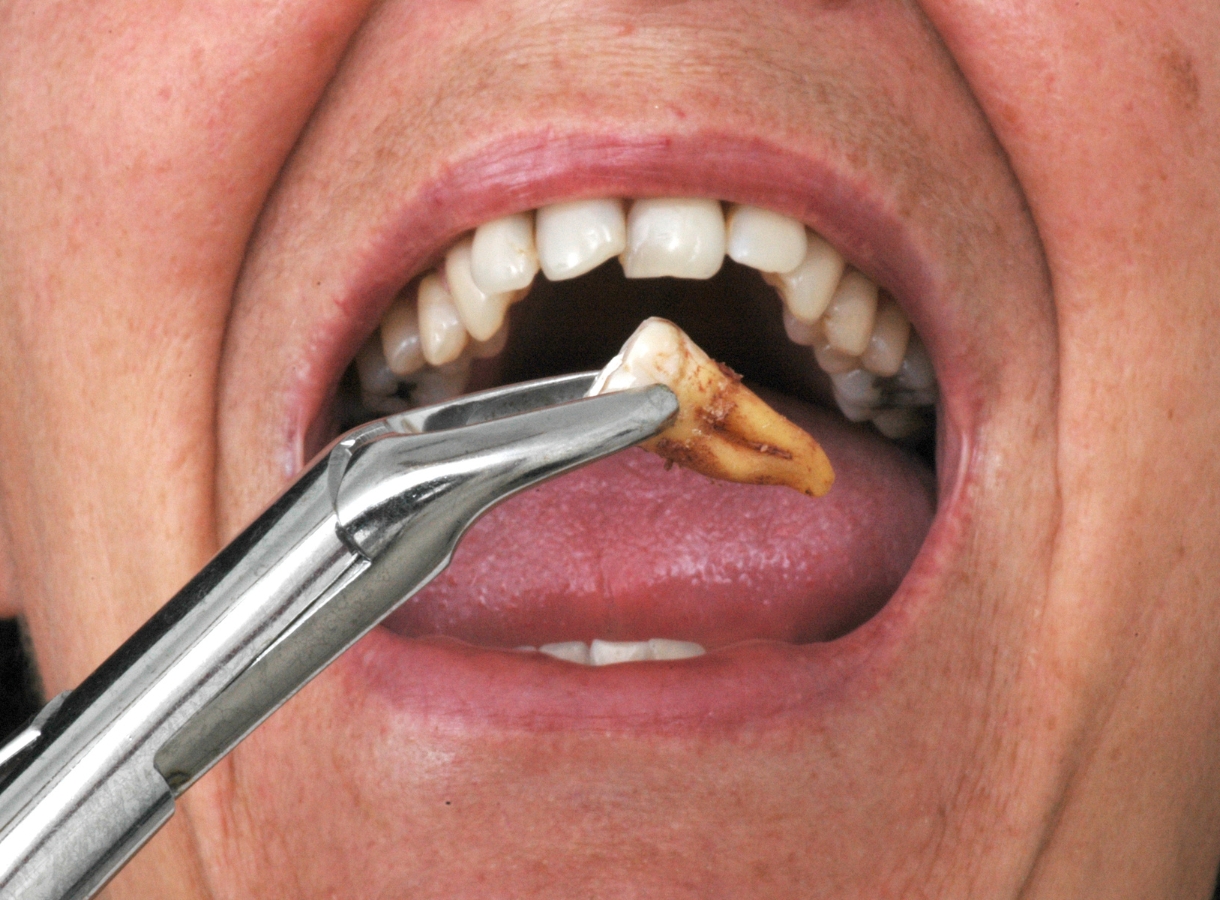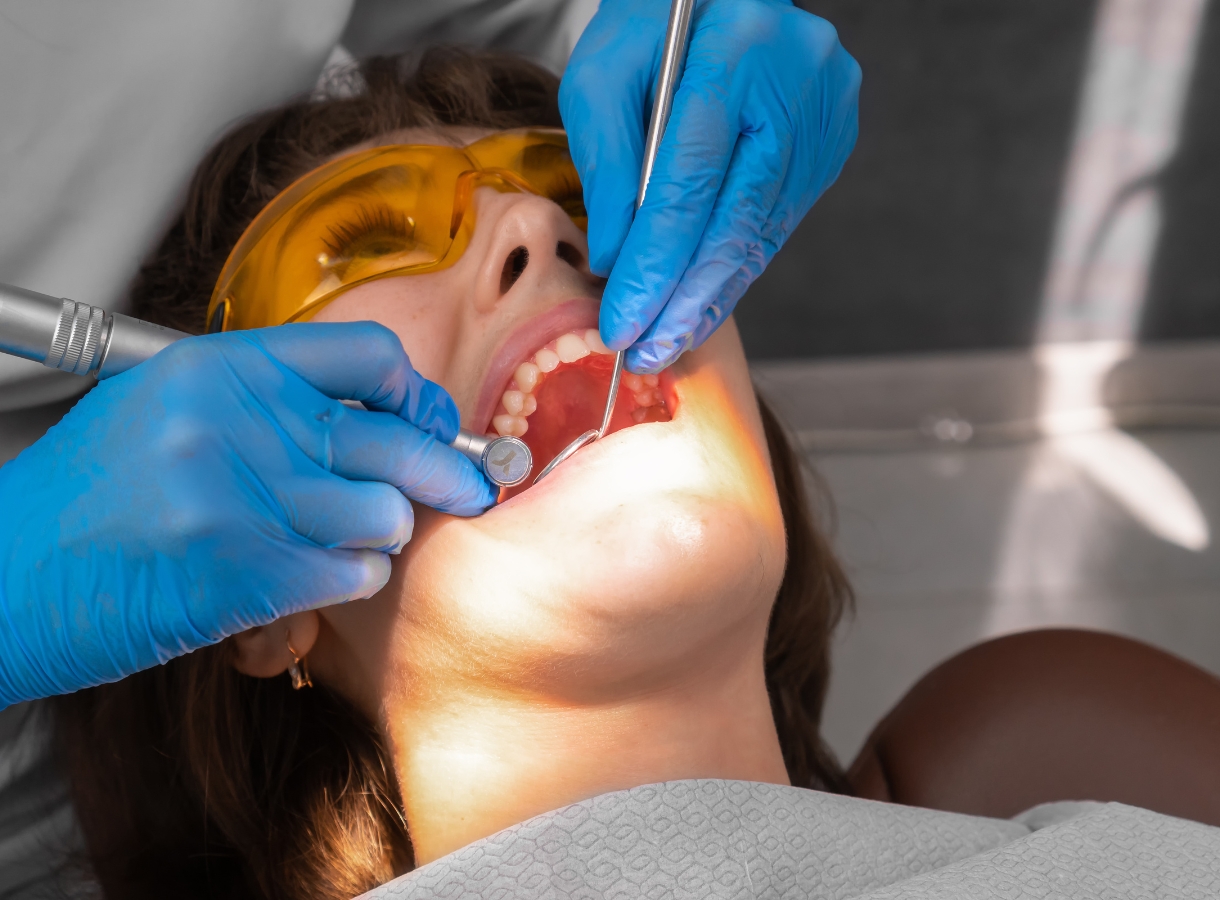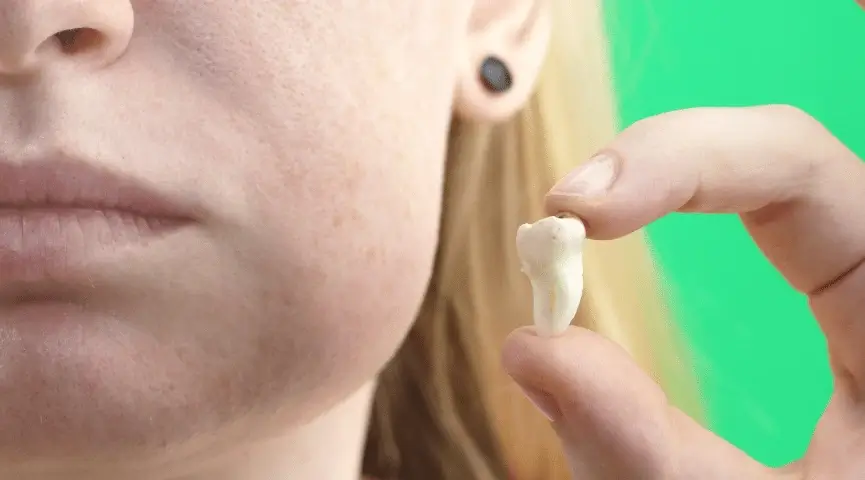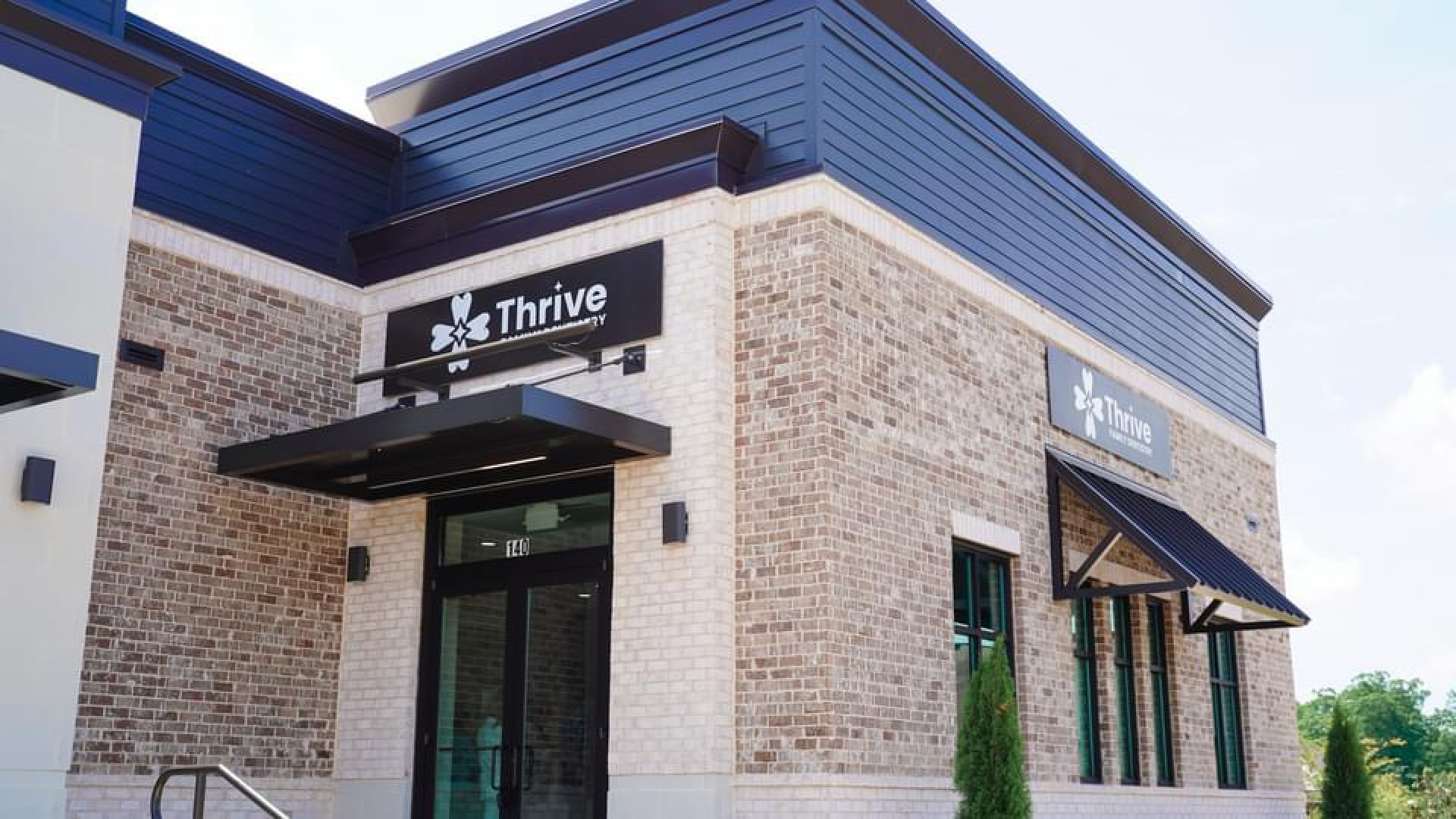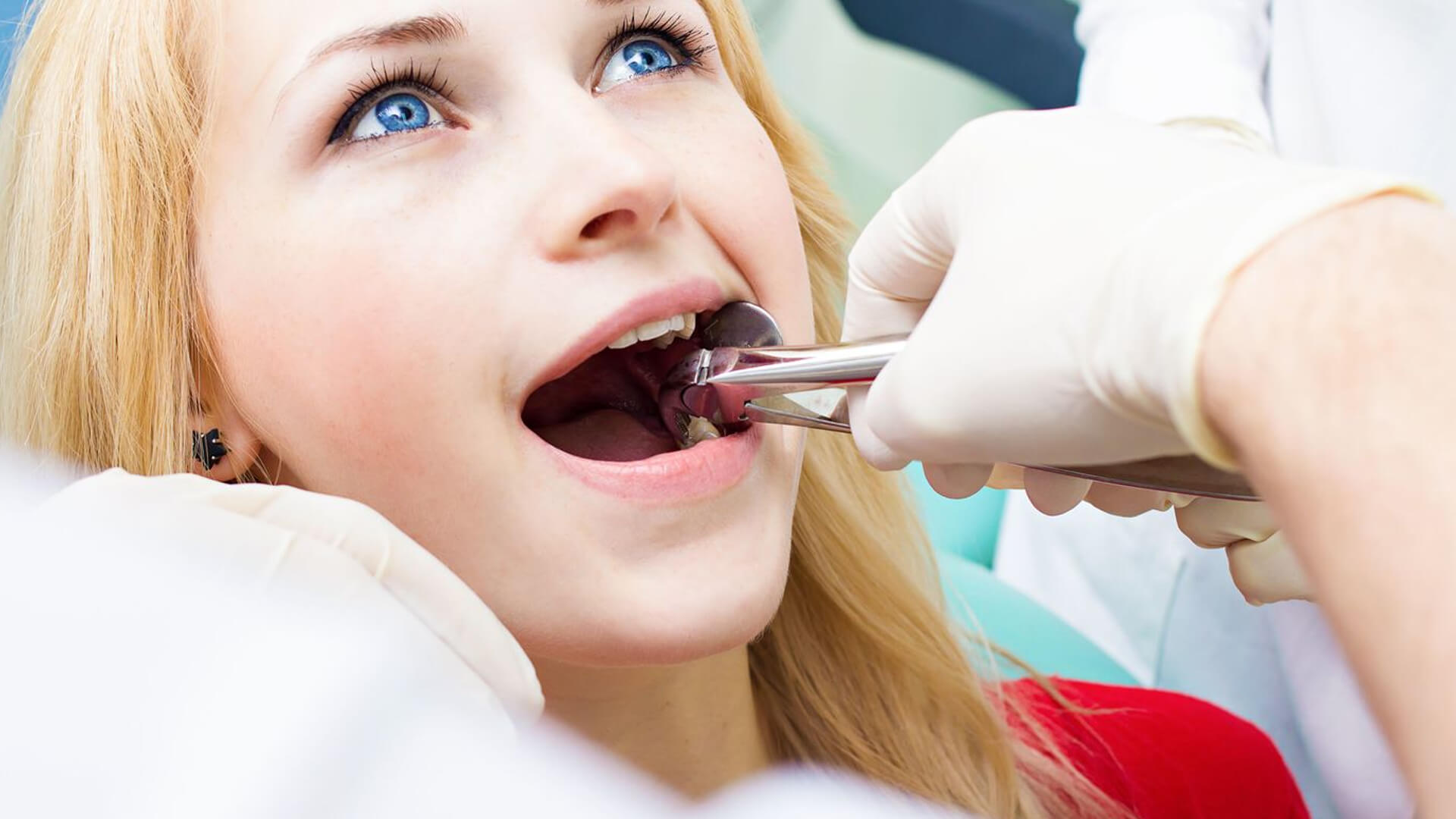
Tooth extraction might sound intimidating, but sometimes, it’s the best thing you can do for your oral health. Whether it’s a wisdom tooth causing trouble, a decayed molar that can’t be saved, or a necessary prep for orthodontic treatment, extractions are a lot more common (and less scary) than you might think.
This guide breaks down what actually happens before, during, and after a tooth extraction, so you can walk in confident and walk out pain-free.
Before The Tooth Extraction: It’s All About Preparation
So, a dentist just told you a tooth needs to come out. What now? Don’t panic. Here’s what you can expect in the lead-up:
Initial Consultation
Dentists will first examine the tooth in question and may take X-rays to get a better view of its position, root structure, and proximity to nerves or sinuses. This step ensures your extraction is safe and precise.
Medical History Matters
You’ll be asked about medications, allergies, and any medical conditions—especially those involving the heart, immune system, or bleeding disorders. Be honest! This info helps the dentist tailor the procedure and avoid complications.
Pre-Procedure Tips
- Avoid smoking 24 hours before surgery.
- Stop eating 6–8 hours before you’re receiving sedation.
- Arrange a ride home if anesthesia will be used.
Proper prep sets the stage for a smoother, quicker recovery.
During The Extraction: Quick, Clean, and (Surprisingly) Easy
Now comes the part everyone worries about—but here’s the truth: you won’t feel a thing during the actual tooth extraction in Auburn.
Numbing The Area
Local anesthesia is used to completely numb the tooth and surrounding tissue. If your case is complex or you’re anxious, sedation options like nitrous oxide or IV sedation may be recommended.
The Extraction Itself
There are two types of extractions:
- Simple extraction: For visible teeth that are already loose or easy to remove.
- Surgical extraction: For impacted teeth or teeth that haven’t fully erupted (like wisdom teeth).
A dentist uses special tools to loosen and gently remove the tooth. You might feel pressure, but not pain.
According to the American Association of Oral and Maxillofacial Surgeons, nearly 85% of people will have their wisdom teeth removed in their lifetime, often before age 25.
After The Extraction: Recovery & Healing
The tooth is out—now what? Post-extraction care is crucial to avoid complications and speed up healing.
Immediate Aftercare
- Bite down gently on gauze to stop bleeding.
- Apply an ice pack to reduce swelling.
- Avoid rinsing or spitting for 24 hours.
Rest is your best friend here.
What To Eat (and Avoid)
Stick to soft foods like yogurt, mashed potatoes, smoothies, and soup for the first couple of days. Skip anything crunchy, spicy, or too hot—it can irritate the site.
Say No To…
- Smoking or using a straw (can cause dry socket).
- Vigorous brushing near the extraction area.
- Physical activity for 24–48 hours.
Your mouth needs time to heal—treat it gently.
How Long Is Recovery?
Most people recover within 7–10 days. You may have mild discomfort, swelling, or stiffness, but it should gradually improve. Our dentist will schedule a follow-up if stitches need to be removed or to check healing.
When To Call A Dentist Regarding This?
While complications are rare, be on the lookout for:
- Severe pain that doesn’t ease with meds.
- Excessive bleeding.
- Swelling that worsens after 2–3 days.
- Signs of infection (fever, foul taste, or pus).
If something doesn’t feel right, don’t wait—reach out immediately.
Extractions Aren’t the End—They’re a New Beginning
Getting a tooth pulled might sound like a setback, but it’s often a step toward better oral health. Whether it’s making room for braces, removing a painful tooth, or stopping an infection before it spreads, tooth extractions serve a vital role in your smile’s long-term success.
With the right preparation, care, and follow-up, you can breeze through the process and come out stronger (and maybe even smiling) on the other side.
So don’t stress—extractions are routine, manageable, and totally worth it for a healthier & pain-free future.



